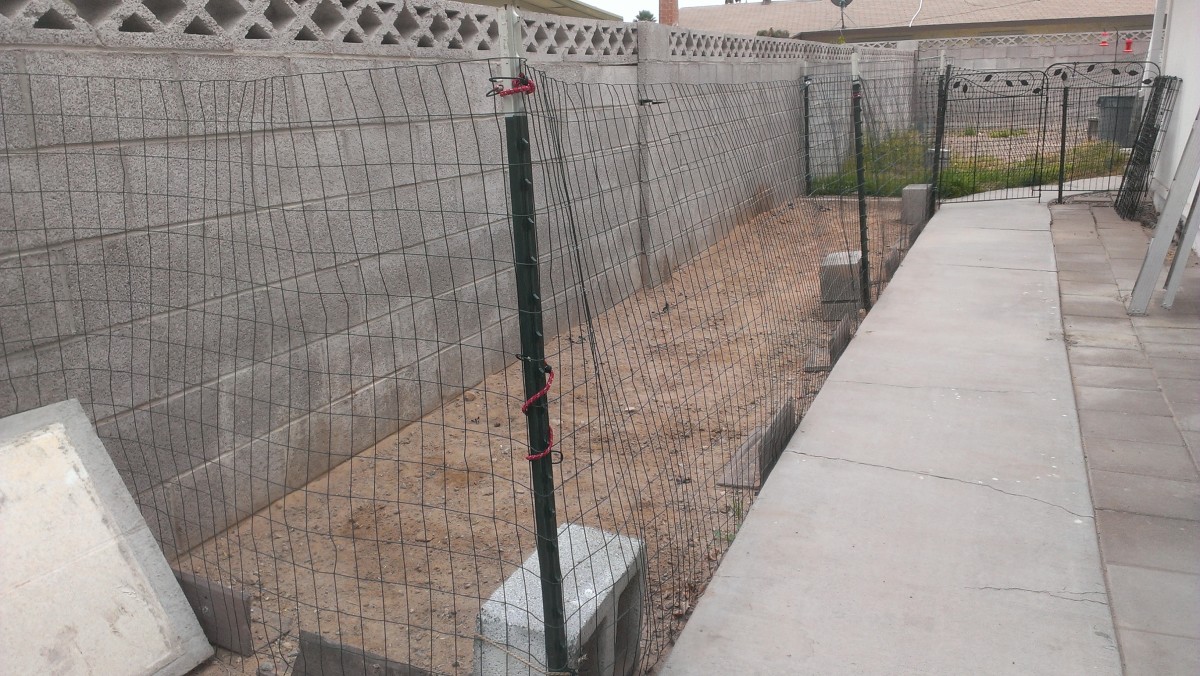Are you thinking about creating a dog run in your backyard? It’s a great way to give your furry friend some space to run around while keeping them safe. In this article, we’ll dive into all the details of creating a dog run with a fence. Whether you’re a seasoned pro or just starting out, you’ll find valuable information here that will help guide you through the process.
First, let’s talk about the importance of having a dog run with a fence. Not only does it provide a designated area for your dog to play, but it also keeps them confined and prevents them from escaping. Plus, a fence can help protect your landscaping and other areas of your yard from potential damage. We’ll discuss different types of fences you can use for your dog run, the materials needed, and the steps to take when building it. By the end of this article, you’ll have a clear understanding of how to create a dog run that both you and your pup will love. So, let’s dig in and get started!
Introduction to Dog Runs with Fences
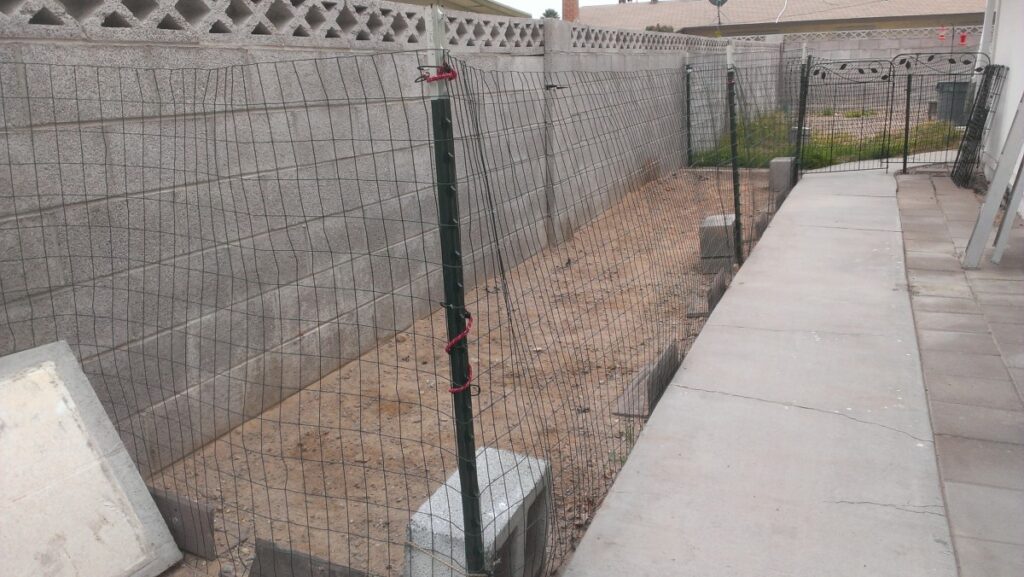
What is a dog run?
A dog run is a designated area, usually outdoors, where dogs can safely exercise and play. It provides them with a controlled space to run around and enjoy outdoor activities while remaining secure within the boundaries of a fence.
Importance of a fence in a dog run
A fence is an essential component of a dog run as it serves several important purposes. Firstly, it provides a physical barrier that prevents dogs from wandering off and potentially getting lost or injured. Secondly, a fence ensures the safety of both the dogs and the surrounding community by keeping them contained within the designated area. Additionally, a fence helps to establish boundaries for the dogs and provides them with a sense of security and protection.
Choosing the Right Type of Fence
Different types of fences for dog runs
When selecting a fence for a dog run, it is important to consider the specific needs and characteristics of your dogs. Some common types of fences used for dog runs include:
- Chain link fences: These fences are durable, easily installed, and provide good visibility. They are effective at containing most dogs.
- Wooden fences: Wooden fences offer privacy and aesthetically pleasing options. They can be customized to fit the specific dimensions of the dog run.
- Vinyl fences: Vinyl fences are low-maintenance, durable, and provide a clean and polished look.
- Welded wire fences: Welded wire fences are sturdy and provide excellent containment. They are a popular choice for larger dog breeds.
- Electric fences: Electric fences use a system of underground wires and a collar worn by the dog. When approached, the collar emits a mild electric shock as a deterrent.
Pros and cons of various fence materials
Each type of fence material has its advantages and disadvantages. It is important to weigh these factors when choosing the most suitable fence for your dog run.
- Chain link fences: Pros – affordable, durable, allows visibility. Cons – may not provide complete privacy, not aesthetically pleasing.
- Wooden fences: Pros – offers privacy, customizable, aesthetically pleasing. Cons – requires maintenance, can be prone to rot or weather damage.
- Vinyl fences: Pros – low maintenance, durable, clean look. Cons – higher cost, limited color options.
- Welded wire fences: Pros – sturdy, excellent containment, suitable for larger breeds. Cons – may not provide complete privacy, requires maintenance.
- Electric fences: Pros – customizable boundaries, invisible, suitable for large areas. Cons – requires training, not suitable for all dogs, may not deter determined or aggressive dogs.
Designing the Layout of a Dog Run with a Fence
Determining the size and shape of the dog run
The size and shape of the dog run should be determined based on the needs and habits of your dogs. Factors to consider include the number and size of your dogs, their activity levels, and any specific requirements they may have. A dog run should provide enough space for the dogs to run, play, and exercise comfortably.
Considerations for multiple dogs in the dog run
If you have multiple dogs, it is important to design the dog run in a way that allows them to coexist peacefully. Consider the social dynamics of your dogs and provide separate areas or designated spaces within the dog run where each dog can have their own space if needed. It is also important to ensure that the fence is strong enough to prevent any aggressive behaviors or attempts to escape.
Placement of gates and entrances
The placement of gates and entrances in the dog run should be carefully considered to maximize convenience and functionality. Ideally, the gates should be positioned in a way that allows easy access to the dog run from your home or backyard. It is also important to ensure that the gates are secure and equipped with latches or locks to prevent accidental openings or escapes.
Building a Dog Run with a Fence
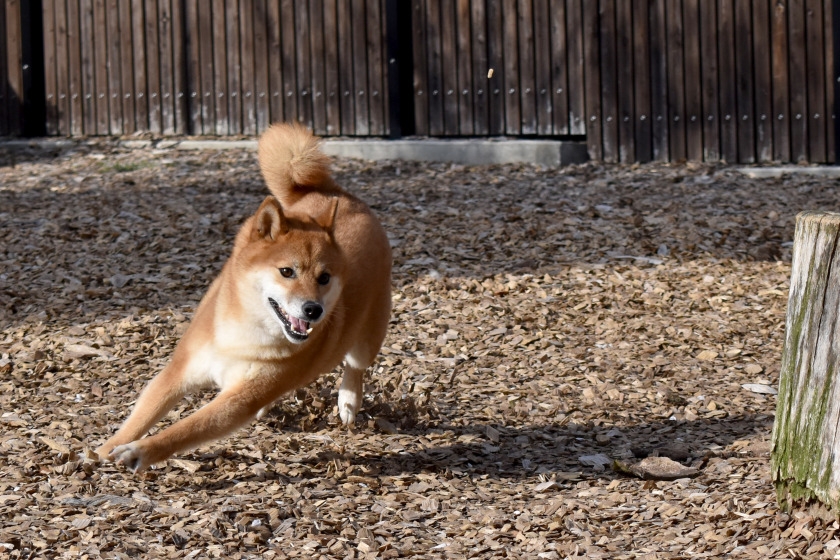
Preparing the area for installation
Before installing the fence, it is important to properly prepare the area where the dog run will be located. Clear any debris, level the ground, and remove any potential hazards or obstacles. The area should be free from sharp objects, toxic plants, or any other materials that may pose a threat to the dogs’ safety.
Installing fence posts
Fence posts are the foundation of the dog run fence and play a crucial role in its stability and durability. Dig holes for the fence posts according to the manufacturer’s instructions and set them securely in place, ensuring that they are straight and level. Use concrete or gravel to secure the posts and allow them to fully dry before attaching the fence panels or chain link.
Attaching the fence panels/chain link
Once the fence posts are in place, the next step is to attach the fence panels or chain link to create a complete enclosure. Follow the manufacturer’s instructions carefully and ensure that the panels are properly aligned and securely attached to the fence posts. Pay attention to the tension and spacing of the panels or chain link to ensure a consistent and effective barrier.
Securing the fence for durability
To ensure the durability and longevity of the fence, it is important to secure it properly. Check all the connections and attachments to ensure they are tight and secure. If using wooden panels, consider applying a sealant or protective coating to protect the wood from weather damage. Regularly inspect the fence for any signs of wear or damage and promptly address any issues to maintain its effectiveness.
Fence Maintenance and Upkeep
Regular cleaning and inspection
Proper maintenance and regular cleaning are essential to keep the dog run fence in good condition. Remove any debris, leaves, or pet waste from the area surrounding the fence and inspect the fence regularly for any signs of damage or wear. Regular cleaning will help prevent the buildup of dirt or grime and maintain the fence’s appearance.
Repairing damaged sections
If any section of the fence becomes damaged or compromised, it is important to address the issue promptly. Repair or replace any broken or loose components to ensure the integrity and effectiveness of the fence. Depending on the type of fence, this may involve replacing individual panels, repairing connections, or reinforcing damaged areas.
Protecting the fence from weather elements
Weather elements can pose a significant threat to the lifespan of the fence. Protect the fence from the damaging effects of sun, rain, and extreme weather conditions by applying a weather-resistant coating or sealant. Wooden fences may require periodic staining or painting to maintain their appearance and protect them from moisture or rot.
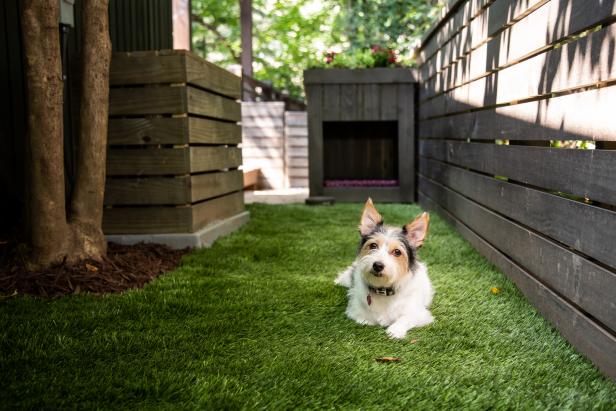
Reinforcing the fence over time
Over time, the fence may experience wear and tear due to various factors. Reinforce the fence periodically by checking and tightening the connections, replacing any worn-out components, and addressing any weak or vulnerable areas. Regular maintenance and reinforcement will help extend the lifespan of the fence and ensure its continued effectiveness.
Safety Considerations for Dog Runs with Fences
Avoiding common hazards
When designing and maintaining a dog run with a fence, it is important to be aware of common hazards that can pose risks to the dogs’ safety. Some common hazards to consider include toxic plants, sharp objects, and potential escape routes. Regularly inspect the dog run and surrounding area to eliminate or minimize these hazards.
Ensuring proper height and gaps
The fence should be designed to prevent dogs from climbing or jumping over it. Ensure that the height of the fence is appropriate for the size and breed of your dogs, taking into account their potential jumping ability. Additionally, check for any gaps or openings in the fence that may allow dogs to squeeze through or get stuck.
Protecting against digging and climbing
Some dogs may have a natural inclination to dig or climb, which can pose a challenge when designing a dog run. Consider reinforcing the bottom of the fence with materials such as wire mesh or burying it deeper into the ground to prevent digging. Additionally, adding deterrents such as coyote rollers or an angled top to the fence can discourage climbing.
Adding safety features (latches, locks, etc.)
To ensure the security of the dog run, incorporate safety features such as latches, locks, or self-closing gates. These features will prevent accidental openings and unauthorized access to the dog run. It is important to regularly inspect and maintain these safety features to ensure their functionality.
Landscaping and Enhancements for Dog Runs
Choosing suitable ground coverings
Selecting the right ground covering for the dog run is crucial to ensure the dogs’ comfort and safety. Some suitable options include:
- Gravel: Provides good drainage and prevents mud and puddles.
- Artificial turf: Offers a low-maintenance and clean option.
- Wood chips or mulch: Provides cushioning and insulation.
- Concrete: Durable and easy to clean, but may not be ideal for prolonged use.
Consider the specific needs of your dogs and consult with a professional to determine the most suitable ground covering for your dog run.
Adding shade and shelter options
Provide shade and shelter options within the dog run to protect the dogs from the elements. This can include adding trees or constructing a shade sail or canopy. Ensure that the shade and shelter structures are stable and secure to prevent any potential hazards.
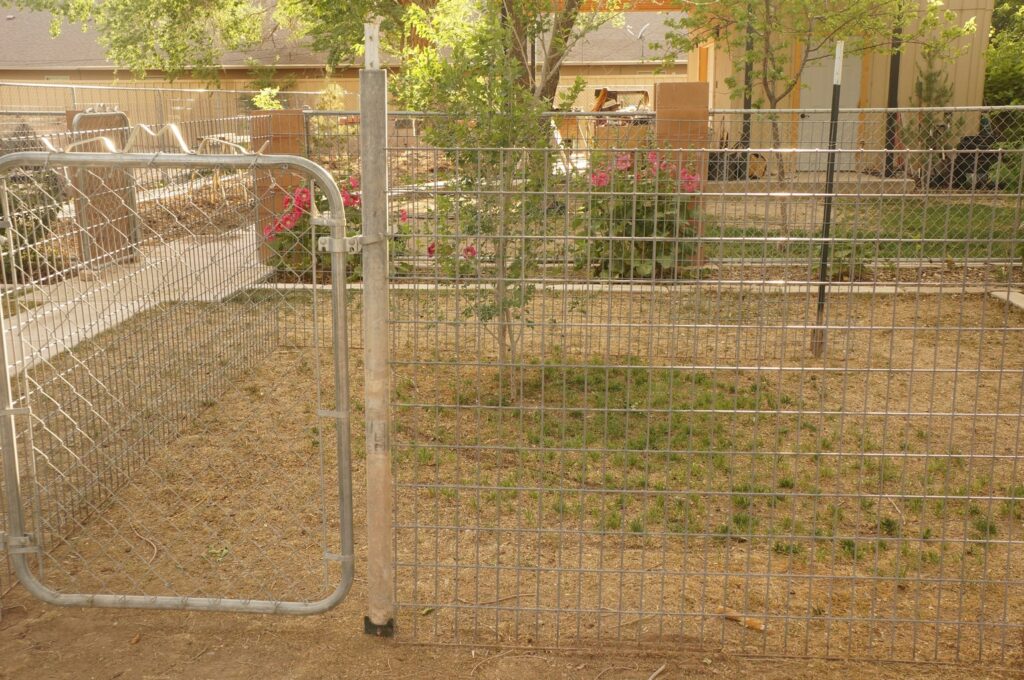
Incorporating toys and play equipment
To enhance the dogs’ experience in the dog run, consider incorporating toys and play equipment. Install durable toys, balls, or agility obstacles that will encourage physical activity and mental stimulation. Regularly inspect and clean the toys and equipment to ensure they are safe and in good condition.
Planting dog-friendly vegetation
When landscaping the area surrounding the dog run, choose dog-friendly vegetation that is non-toxic and can withstand the dogs’ activities. Avoid plants that are potentially harmful or may cause allergies in dogs. Research dog-safe plants and consult with a professional landscaper for recommendations.
Introducing a Dog to the Run and Fence Training
Gradual introduction to the dog run
When introducing a dog to the dog run, it is important to do so gradually to help them acclimate to the new environment. Start by allowing the dog to explore the dog run on a leash, reinforcing positive behavior and providing treats. Gradually increase the amount of time the dog spends in the dog run, always under close supervision.
Teaching boundary awareness
Teaching boundary awareness is important to prevent dogs from attempting to escape the dog run. Use positive reinforcement techniques to train the dogs to stay within the designated area. Use commands such as “stay” or “boundary” and reward the dogs for following the boundaries. Consistency is key in establishing and reinforcing these boundaries.
Positive reinforcement for fence training
Implement positive reinforcement techniques to train the dogs to respect the fence and not attempt to escape. Reward the dogs with treats, praise, or playtime when they demonstrate appropriate behavior near the fence. This will help reinforce the concept of boundary awareness and discourage any attempts to escape.
Benefits of a Dog Run with a Fence
Providing a safe and controlled space
A dog run with a fence provides a safe and controlled space where dogs can enjoy outdoor activities without the risk of accidents or wandering off. It allows them to have the freedom to run, play, and explore within a designated area.
Preventing escape and wandering
A fence in the dog run prevents dogs from escaping and wandering outside the boundaries of the property, minimizing the risk of accidents or getting lost. The fence provides dogs with a sense of security and prevents them from accessing potentially dangerous areas.
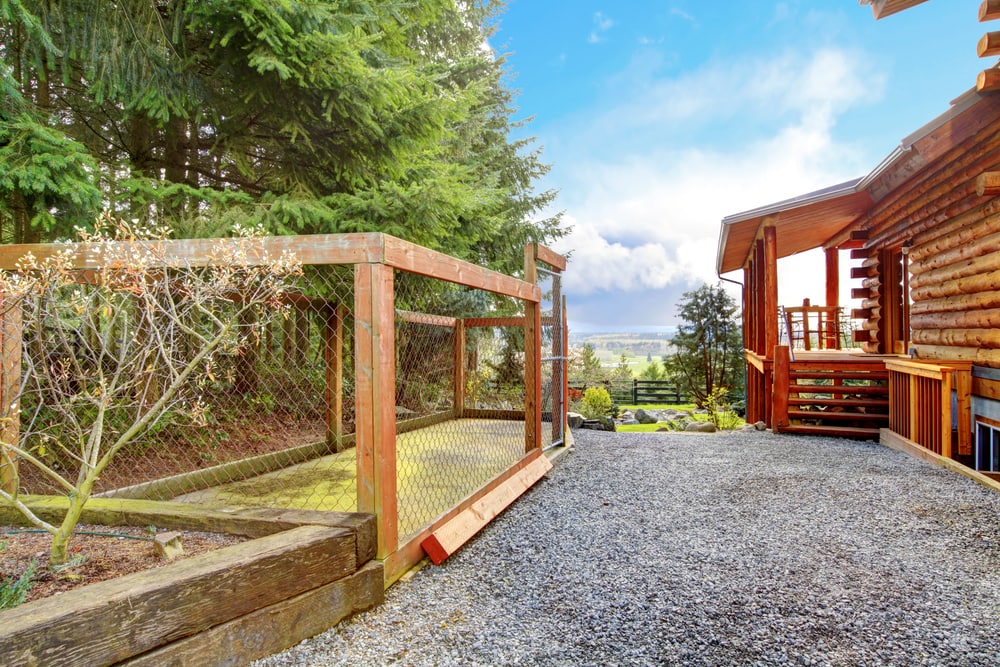
Promoting exercise and mental stimulation
A dog run with a fence encourages regular exercise and physical activity, which is essential for a dog’s overall health and wellbeing. Dogs can run, play, and explore freely within the dog run, stimulating both their physical and mental senses.
Reducing conflicts with neighbors
A dog run with a fence helps to establish clear boundaries and minimize potential conflicts with neighbors. It prevents dogs from entering neighboring properties or disturbing residents, promoting good neighborly relations.
Common Challenges and Troubleshooting
Dealing with fence aggression
Some dogs may exhibit fence aggression, displaying aggressive behavior towards people or dogs outside the fence. To address this issue, consider using visual barriers, such as privacy slats or plantings, to prevent the dogs from seeing potential triggers. Consult with a professional dog trainer or behaviorist to address any underlying aggression issues.
Addressing digging and escaping behaviors
If your dog shows a tendency to dig or attempt to escape, it is important to address this behavior promptly. Reinforce the bottom of the fence with materials such as wire mesh or bury it deeper into the ground to discourage digging. Consult with a professional dog trainer or behaviorist for guidance on addressing escaping behaviors.
Managing barking and noise concerns
Dogs in a dog run may sometimes bark excessively, causing disturbance to neighbors or residents. Address this issue by providing mental stimulation and engaging activities to keep the dogs occupied. Consult with a professional dog trainer or behaviorist for guidance on managing and reducing excessive barking.
Resolving boundary disputes and conflicts
In some cases, boundary disputes or conflicts may arise with neighbors regarding the dog run. Maintain open and respectful communication with the neighbor and address any concerns or issues promptly. Ensure that the dog run is compliant with local regulations and ordinances, and seek legal advice if necessary.
Personalizing and Customizing a Dog Run
Adding personalized touches
Personalize the dog run by adding elements that reflect your dog’s personality or preferences. This can include dog-themed decorations, personalized signs, or customized accessories. Adding these personalized touches will create a welcoming and enjoyable space for your dog.
Incorporating unique features
Consider incorporating unique features that cater to your dog’s specific needs and preferences. This can include a water feature or splash pad for dogs who enjoy water play, an obstacle course or agility equipment for active dogs, or a digging pit for dogs who love to dig. Tailor the dog run to suit your dog’s individuality.
Creating a dog-friendly environment
Make the dog run a comfortable and inviting space for your dog by providing ample shade, fresh water, and comfortable resting areas. Ensure that the dog run is free from hazards and that all toys and equipment are safe and in good condition. Regularly clean and maintain the dog run to ensure a clean and hygienic environment for your dog.
Legal and Permit Considerations for Dog Runs with Fences
Checking local regulations and restrictions
Before installing a dog run with a fence, it is important to check the local regulations and restrictions regarding the construction of dog runs and fences. Different areas may have specific requirements or limitations regarding fence height, materials, or placement. Ensure that your dog run complies with these regulations to avoid any legal issues.
Applying for permits, if necessary
Depending on your location, you may be required to obtain permits or approvals for the construction of a dog run with a fence. Research the local building codes or contact the relevant authorities to determine if any permits are needed and follow the necessary procedures to obtain them.
Ensuring compliance with property boundaries
When designing and building a dog run with a fence, it is crucial to ensure that the fence does not encroach on neighboring properties or violate property boundaries. Review property survey maps and consult with a professional if needed to confirm the exact property boundaries. Respecting property boundaries is essential to maintain good relations with neighbors and avoid any legal disputes.
Maintaining a Healthy and Happy Dog in a Dog Run
Providing proper nutrition and water
Ensure that the dogs in the dog run have access to fresh water at all times. Feed them a balanced and nutritious diet based on their specific needs and consult with a veterinarian for guidance on their dietary requirements. Regularly monitor their weight and overall health to ensure they are receiving proper nutrition.
Regular exercise and playtime
While a dog run provides space for exercise, it is still important to engage in regular exercise and playtime outside of the dog run. Take your dogs for walks, play fetch, or engage in other activities that allow them to expend energy and stimulate their senses. Regular exercise is vital for a dog’s physical and mental wellbeing.
Monitoring behavior and health
Observe your dogs’ behavior and health on a regular basis. Look out for any changes in appetite, energy levels, or demeanor that may indicate underlying health issues. Schedule regular veterinary check-ups to monitor their overall health and address any concerns promptly.
Creating a comfortable resting area
Ensure that the dog run provides a comfortable resting area for the dogs. Provide soft bedding or blankets for them to relax on, especially during hot or cold weather. Additionally, ensure that the resting area is sheltered and protected from elements such as rain, wind, or excessive sunlight.
Conclusion
Creating a dog run with a fence is a thoughtful and responsible way to provide a safe and controlled space for your dogs to enjoy outdoor activities. Selecting the right type of fence, designing the layout, and incorporating various enhancements will help ensure the success and functionality of the dog run. By promoting responsible pet ownership, safety, and a strong bond between dogs and their owners, a well-designed and secure dog run with a fence enhances the overall wellbeing and happiness of both dogs and humans alike.
Remember to regularly maintain and inspect the dog run and fence, address any behavioral or safety concerns, and monitor the health and happiness of your dogs. With proper care and attention, a dog run with a fence can provide years of enjoyment and fulfillment for you and your furry friends.
Now that you have a comprehensive understanding of creating a dog run with a fence, it’s time to start planning and designing your own safe and secure space for your dogs to thrive.
